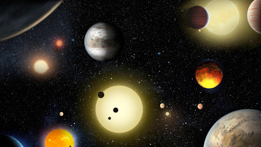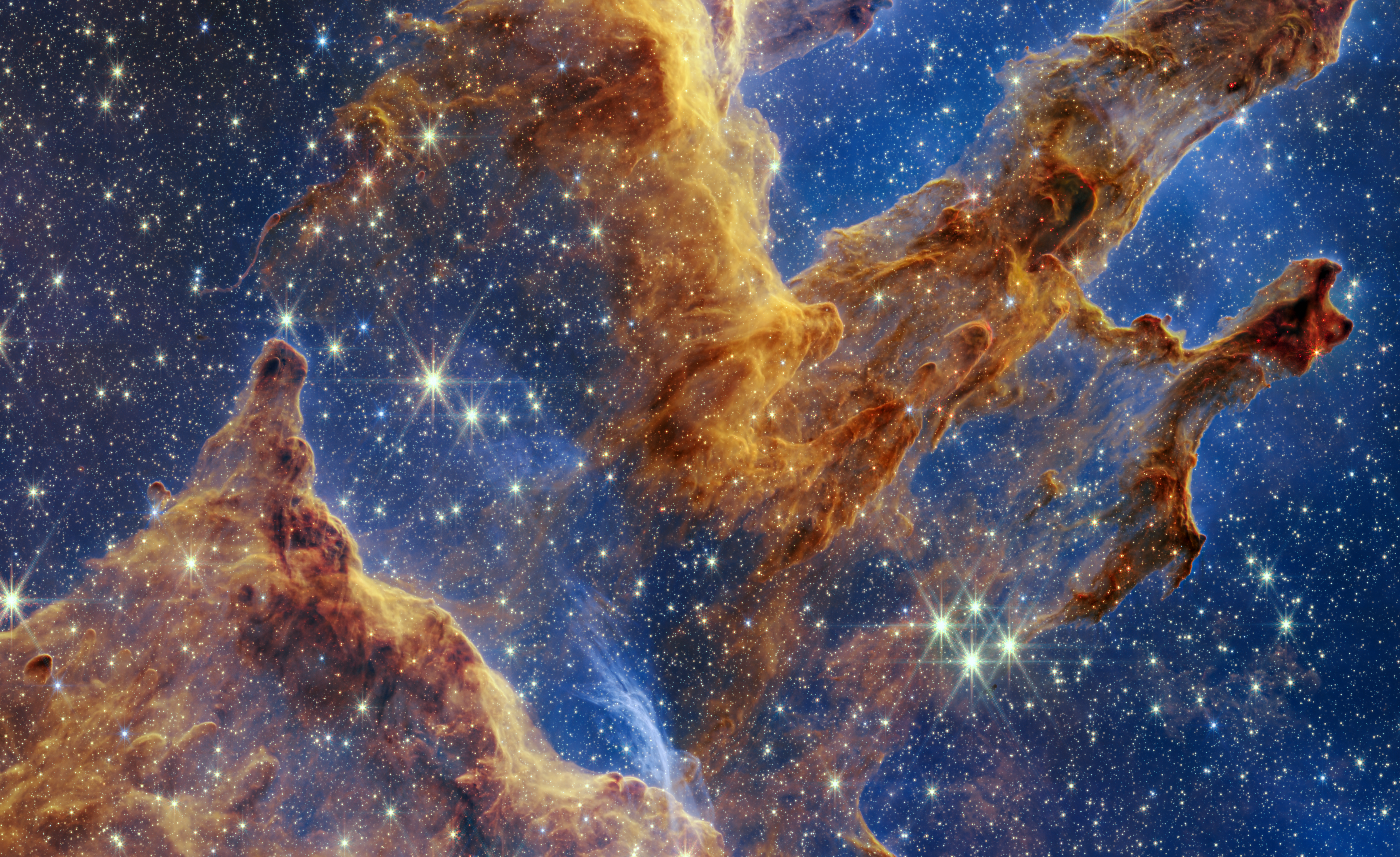
Origins of Stars and Planets
Stars illuminate the Universe and forge the elements needed for life…Where do they come from?


Planets are good places to look for life. They orbit most stars in the Galaxy, and planetary systems are diverse… How are they made? What is their history?
To tease out answers to these questions, I study disks around young stars using telescopes on the Earth and in space as well as simple theoretical calculations.

Recent public events

Heinz Pagels Memorial Public Lecture at the Aspen Center for Physics
What is this talk about? While stars and planets are thought to arise in molecular clouds, from flattened disks of interstellar matter, the transformation process is complex, spanning many orders of magnitude and involving many physical processes. From a theoretical perspective alone, it’s often unclear how the ideas fit together, a situation that leaves open many ways for things to go wrong. So how does this transformation really work? Observations with powerful space telescopes and Earth-based facilities are providing vital clues. They also raise new questions that challenge us. In this talk, I describe our current picture of the origins of stars and planets, and the new insights these observations provide. I also comment on what the results say about how humans make scientific advances and the kinds of investments that are vital to sustaining discovery. (July 2024)
In this briefing for science educators and the public, Daniela Calzetti, Brandon Hensley and I describe cosmic dust: what it’s made of, how we can observe it, how it builds planetary systems, and how it affects the evolution of galaxies.

Music and Astrophysics: For the 2022 Aspen Choral Society’s Spring concert Musica Universalis, I selected accompanying images from the Hubble Space Telescope and other space missions. We describe this collaboration between the Aspen Choral Society and the Aspen Center for Physics in a pre-concert interview.

Harvard Radcliffe Institute Fellows Presentation: Planets beyond our solar system engage our imagination as humans and lend insight into our origins and our place in the universe. While we now know that planets commonly orbit other stars, their system architectures differ greatly from our own. How diverse are planetary systems? What is the origin of that diversity? At Radcliffe, I explore these questions using data sets and theory that probe the formation and evolution of planetary systems. This study investigates why other planetary systems are more compact than ours, whether their terrestrial planets contain abundant water, a necessity for life, and the nature of the new population of distant giant planets inferred from images of their formation environments. (3 November 2021)
